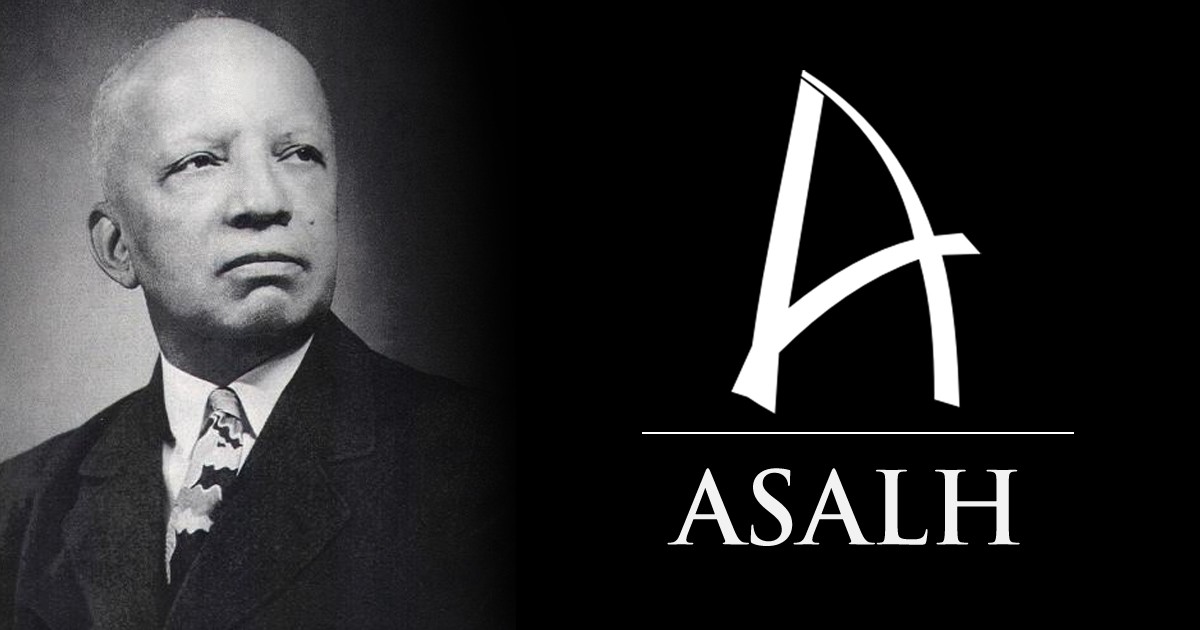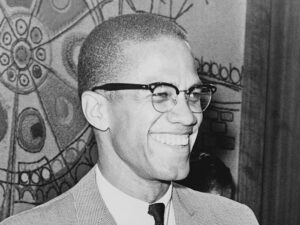Black History Month, celebrated annually in February, is a dedicated time to recognize and celebrate the achievements and contributions of African Americans throughout history, largely spearheaded by the Association for the Study of African American Life and History (ASALH), founded by scholar Carter G. Woodson; its origins trace back to a “Negro History Week” initiative that aimed to highlight often overlooked aspects of Black history in the United States. [1, 2, 3, 4, 5]
The Origins of Black History Month: [2, 5]
- Carter G. Woodson and ASALH: In 1915, historian Carter G. Woodson established the ASALH, an organization dedicated to promoting the study of African American history and culture. Recognizing the lack of Black history in mainstream education, Woodson proposed a “Negro History Week” to be observed during the second week of February, chosen due to the birthdays of Frederick Douglass and Abraham Lincoln. [2, 5, 6, 7]
- Early Advocacy: Throughout the early 20th century, ASALH actively encouraged schools and communities to incorporate Black history into their curriculum, organizing lectures, publications, and events to raise awareness. [2, 8, 9]
Expansion to Black History Month: [3, 8, 10]
- Presidential Proclamation: In 1976, during the United States Bicentennial, President Gerald Ford officially designated February as “Black History Month,” expanding the “Negro History Week” concept to a full month-long observance. [3, 8, 10]
- Continued Advocacy by ASALH: The ASALH played a key role in advocating for this national recognition, ensuring that Black History Month became a platform to highlight the diverse experiences and accomplishments of African-Americans across various fields. [2, 3, 8]
Significance of Black History Month: [1, 2, 11]
- Educational Focus: Black History Month serves as a critical opportunity to educate students and the broader public about the often neglected stories of Black leaders, inventors, artists, activists, and other historical figures who have significantly contributed to American society. [1, 2, 11]
- Cultural Celebration: Beyond education, Black History Month is also a time for cultural celebration, with communities hosting events like festivals, art exhibitions, film screenings, and commemorative lectures. [1, 4, 11]
Key Points about ASALH: [2, 5, 9]
- Mission: The ASALH focuses on research, education, and public outreach to promote a deeper understanding of African American history and culture. [2, 5, 9]
- Annual Theme: Each year, ASALH selects a specific theme for Black History Month, providing a focused lens to explore different aspects of the Black experience. [8, 12, 13]
- Impact: Through its ongoing work, the ASALH continues to be a vital organization in shaping the narrative of Black history in the United States. [2, 3, 8]
In conclusion, Black History Month is a dedicated time to recognize and celebrate the contributions of African Americans, with its roots firmly established in the efforts of the Association for the Study of African American Life and History (ASALH) and its founder, Carter G. Woodson, to promote the study of Black history in the United States. [2, 4, 8]
_________________________
A Little More About Carter G. Woodson
Carter Woodson, a born scholar, went on to work as a teacher and principal at his old high school. He left in 1903 and taught in the Philippines until 1907. During the next few years, he traveled Europe and Asia, learning several languages and studying in Paris. Dr. Woodson returned to the United States to study history at the University of Chicago, graduating in 1908. His increasing interest in history led him to Harvard University, where he graduated with a doctorate in 1912. Dr. Woodson was the second African-American to receive a doctorate from Harvard.
Throughout Dr. Woodson’s education and teaching career, he found that the history of African Americans was being ignored. To remedy this, he began the “Association for the Study of Negro Life and History” in 1915. He lobbied schools and organizations to participate in Negro History Week, which began in February 1926. This week was later expanded and renamed Black History Month. [14]
[1] https://ar.usembassy.gov/national-african-american-history-month/
[2] https://naacp.org/find-resources/history-explained/civil-rights-leaders/carter-g-woodson
[3] https://asalh.org/about-us/about-black-history-month/
[4] https://www.schools.nyc.gov/learning/subjects/social-studies/black-history-month
[5] https://www.nps.gov/articles/000/association-for-the-study-of-african-american-life-and-history.htm
[6] https://www.npr.org/2022/02/01/1075623826/why-is-february-black-history-month
[7] https://blog.frontrange.edu/2019/02/18/five-fascinating-facts-about-black-history-month/
[8] https://guides.loc.gov/black-history-month-legal-resources/history-and-overview
[9] https://asalh.org/about-us/
[10] https://www.history.com/topics/black-history/black-history-month
[11] https://www.weforum.org/stories/2024/02/black-history-month-what-is-it-and-why-do-we-need-it/
[12] https://asalh.org/black-history-themes/
[13] https://hiprc.org/blog/bhm-2024/
[14] https://www.knowitall.org/photo/carter-g-woodson-teacher-historian-publisher-periscope
Portions of this article were written with the help of Generative AI.
Akanke is a native of Atlanta who now resides in Dayton, Ohio. She has also lived in Bahrain, Saudi Arabia, and Grenada, West Indies. She discovered Islam in 1994, and her faith, spirituality, and personal development have been the driving force in her life ever since. A graduate of Georgia State University with a degree in Communication, Akanke focused on film, TV, and cultural anthropology during her studies. Her career is diverse, and her interests span various media platforms. From producing TV and radio shows to creating documentaries, coaching individuals towards empowerment, creating and exhibiting unique abstract paintings, providing public speaking guidance, delivering leadership training, and lending her voiceover talent to various projects, she strives sincerely to make a lasting and authentic impact wherever she goes. Akanke has been a dedicated supporter of MANA since 2007, currently serving as the organization’s Board Vice President. In this role, she plays a key part in shaping the organization’s vision and strategy. Additionally, she serves as the part-time Communications Director, where she excels in crafting compelling communication tools, including newsletters, articles, graphic designs, and social media campaigns. Through her work with MANA, Akanke continues to make a positive difference, using her talents and passion to uplift and inspire others.





